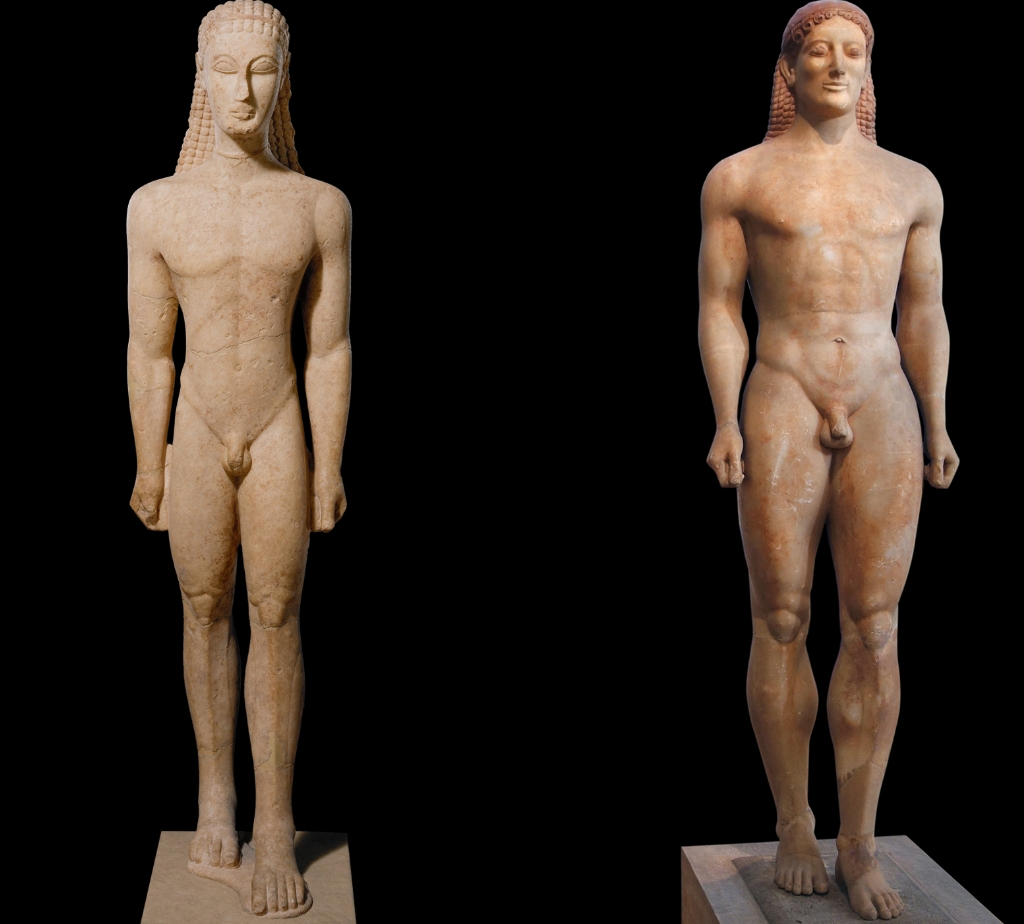In architectural design, proportion is one of the key factors that affect the beauty and function of a building. The proportion of ancient Greek sculptures is regarded as a model of classical aesthetics and has a profound impact on later architecture and art. The proportions of the human body in ancient Greek sculptures focus on symmetry and balance, and follow mathematical laws such as the golden ratio. These proportions are not only to express the natural form of the characters, but also reflect the ancient Greeks’ pursuit of harmonious beauty. Architects can optimize the sense of space and visual effects of buildings by studying the proportions of these sculptures.
In architectural design, the proportional relationship determines the overall harmony of the building. For example, the proportions of the head and body, body and limbs in ancient Greek sculptures are often used to design elements such as colonnades and facade decorations of buildings, giving the building a delicate and balanced beauty. Modern architectural designers often refer to these classic proportional relationships to create architectural spaces that are in line with human scale and visually pleasing. By combining the proportional laws in Greek sculptures with modern building materials, designers can incorporate classical aesthetics into the details of the building, giving the building a more elegant temperament.
Therefore, the proportions of ancient Greek sculptures not only provide inspiration for art, but also provide architects with a timeless reference standard. Understanding and applying these proportions can make modern architecture closer to the essence of human natural aesthetics in terms of form and function, while also integrating architectural space with the environment, bringing profound cultural and aesthetic value.

